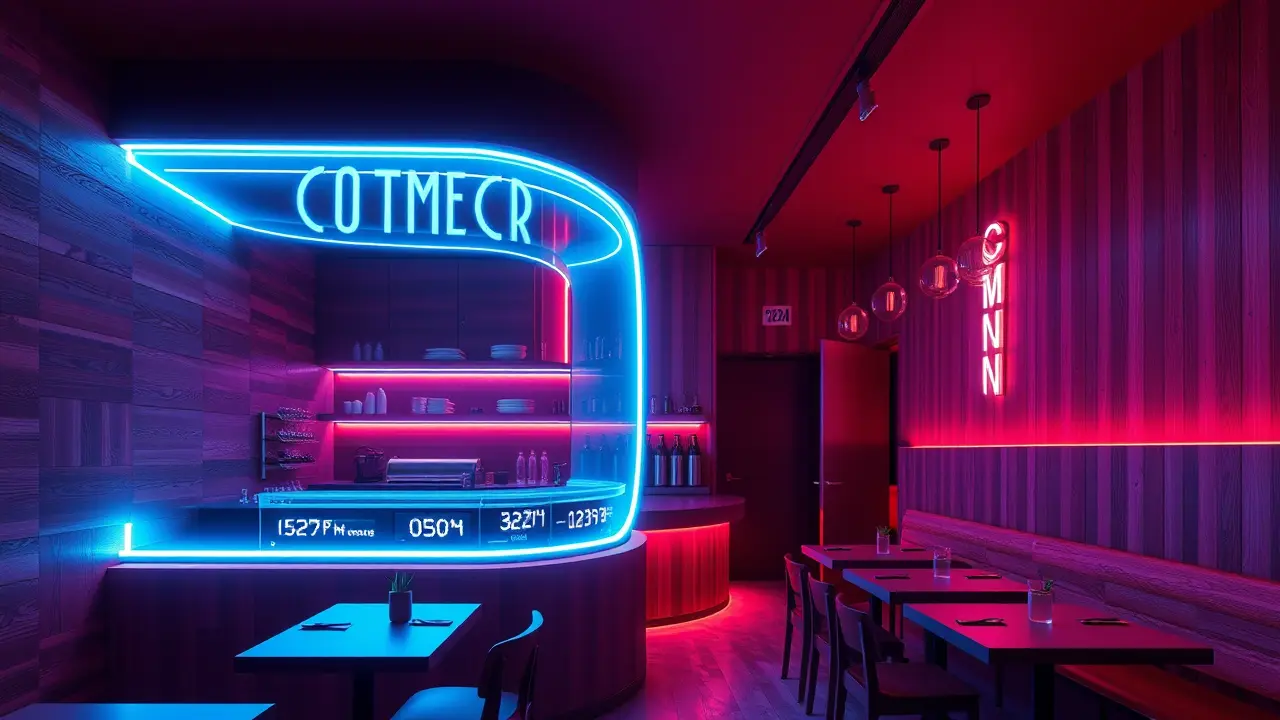
Otherreal estateSustainable Architecture
Common Berlin hybrid microbakery and pizzeria with flexible interior.
SO
1 month ago7 min read7 comments
Stepping into Common in Berlin's Neukölln district feels less like entering a standard food establishment and more like interacting with a beautifully designed, functional art piece. The space masterfully blurs the lines between a microbakery and a pizzeria, a duality that is reflected in its flexible, transformative interior.The designers have orchestrated a symphony of warm, monochrome burgundy tones that wrap around you, creating an atmosphere that is simultaneously intimate and invigorating. This isn't a cold, minimalist Berlin loft; it's a tactile, human-centric environment where every surface tells a story.The handcrafted woodwork is a testament to this philosophy—you can almost feel the grain under your fingertips, a deliberate choice that connects the patron to the artisanal nature of the bread being baked and the pizzas being fired. It speaks to a broader trend in experiential design, moving away from the sterile and towards the sensory, much like how AI tools such as Midjourney are now used by forward-thinking designers to generate mood boards and textural concepts that were previously confined to the imagination.The sculptural lighting elements are the crowning glory, acting not merely as sources of illumination but as dynamic focal points that change the room's character throughout the day. Imagine a lighting fixture that behaves like a generative art algorithm, its shadows and highlights shifting and evolving, casting the burgundy walls in new, dramatic hues as the sun sets, transforming the space from a bright, airy bakery for morning pastries into a moody, intimate pizzeria for evening dinners.This flexible hybrid interior is the physical manifestation of a perfect user interface—it’s intuitive, adaptable, and deeply responsive to human need, a principle every UX designer strives for. The choice to forgo rigid spatial definitions is a bold, almost rebellious act in a world of hyper-specialization, suggesting that the future of hospitality lies not in segregated functions but in fluid, communal experiences.The entire project serves as a case study in how materiality, color, and light can be coded, not with ones and zeros, but with intention and craft, to create an environment that is both a backdrop for daily life and a protagonist in its own narrative. It’s a space that doesn’t just serve food; it serves an experience, carefully curated and endlessly fascinating, proving that the most successful designs are those that feel alive.
#featured
#interior design
#Berlin
#microbakery
#pizzeria
#hybrid space
#hospitality
#architecture
Stay Informed. Act Smarter.
Get weekly highlights, major headlines, and expert insights — then put your knowledge to work in our live prediction markets.
Related News
Comments
Loading comments...
© 2025 Outpoll Service LTD. All rights reserved.